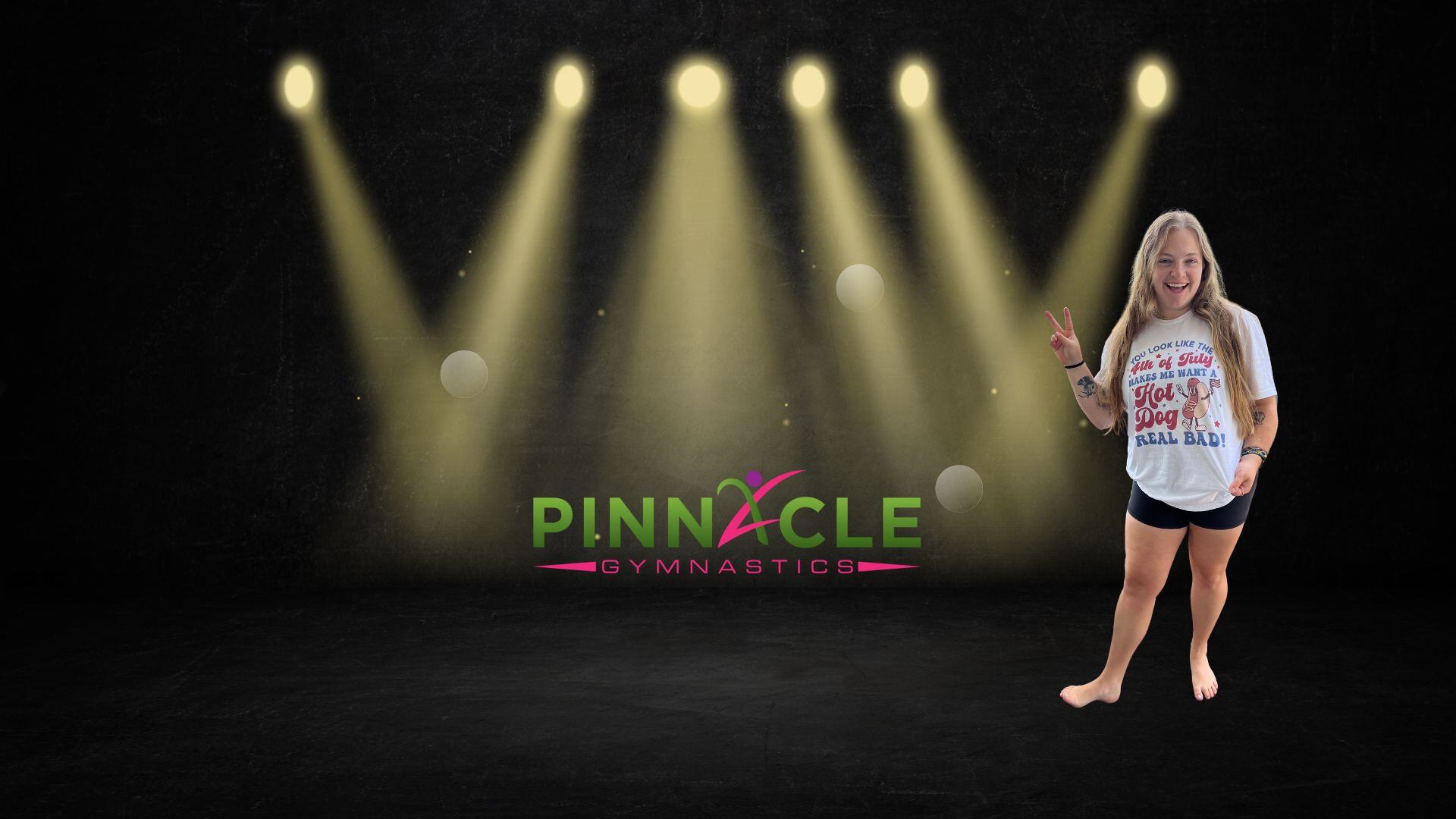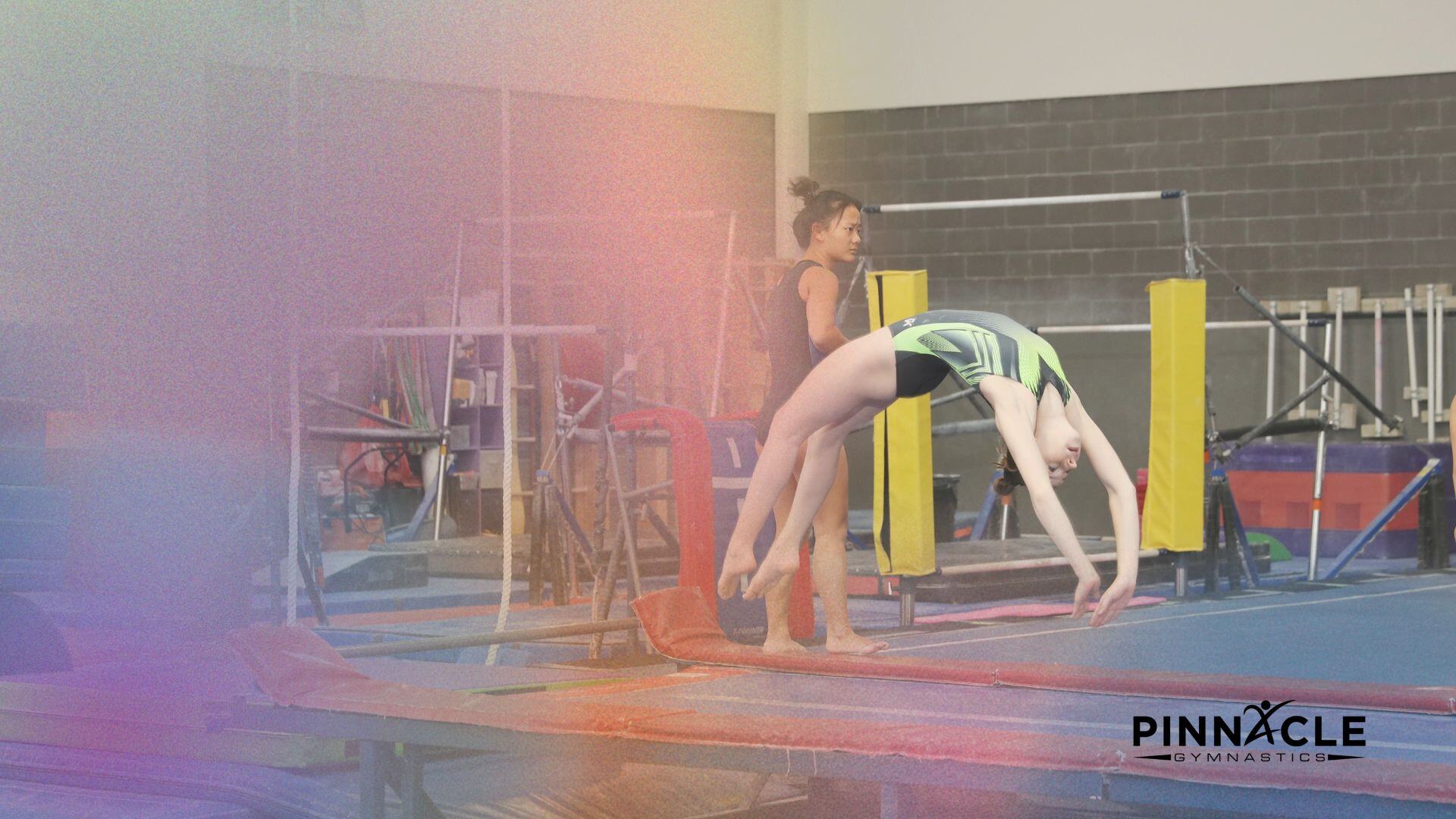Balance beam is often not the favorite event for athletes or coaches. However, that does not have to be the case. Balance beam can be fun and stress free with these few easy tips!
Tips for Coaching Balance Beam
1. Physical preparation
Beam should be easy physically. Gymnasts should have years of experience with the skill on the floor prior to introducing it on the beam!
2. Beam doesn't have to be scary!
When a gymnast has a beam fear it can be because the beam is hard, high and narrow. Try to determine which (it could be all three) causes the fear and eliminate that particular characteristic. For example, if the fear is due to height move to a lower beam, if it is because it is narrow add a beam pad or use the laser beam.
3. Beam requires an attention to detail
Both gymnasts and athletes must have a focus on the beam. Gymnasts must be taught where to look and the proper position of each body part in every skill..png?width=810&name=Beam%20Blog%20(2).png)
4. Know that every skill has a beginning, middle, and end
Each skill should have specific technique, that must be taught. For each the beginning, middle, and end gymnasts should know what their eyes, arms, legs, and torso should be doing.
5. Spot for technique, not fear
Since every skill performed on the beam is first mastered on the floor spotting for safety is not required. Know that spotting a gymnast with a fear can and will often become a crutch. We are teaching the athlete to trust us rather than building the belief in their own ability to do the skill. Gymnasts should have spot on handstands and dismounts to help them hold and correct their shape. Spotting to reinforce proper technique is much different than spotting an athlete who is not ready mentally.
.png?width=810&name=Beam%20Blog%20(3).png) 6. Do no evil
6. Do no evil
Gymnasts should not be forced to do a skill they are not mentally prepared for. Gymnasts should not be punished for needing to backup a step in order to regain confidence. Pushing a gymnast who is not ready mentally can lead to a mental block or unnecessary stress.
7. Get comfortable with being uncomfortable
In order to eliminate anxiety, create ways for the gymnast to get slightly out of their comfort zone without being fearful. Try moving different ways in the warm up, using different beams or going a different direction. Once a gymnast is comfortable with a movement change it up slightly. For example, if you can bunny hop forward try doing it sideways, backwards, on one forth or at a different pace..png?width=810&name=Beam%20Blog%20(1).png)
8. Be calm, confident, and consistent as a coach.
What you model will likely transfer to your athletes. Stay calm. Beam doesn't need extra anxiety. Overreactions lead to stress and fear. Make sure your athletes can feel the confidence you have in their abilities. Consistency is key. Communicate expectations and stick to them. Backing up is always okay to rebuild confidence.




